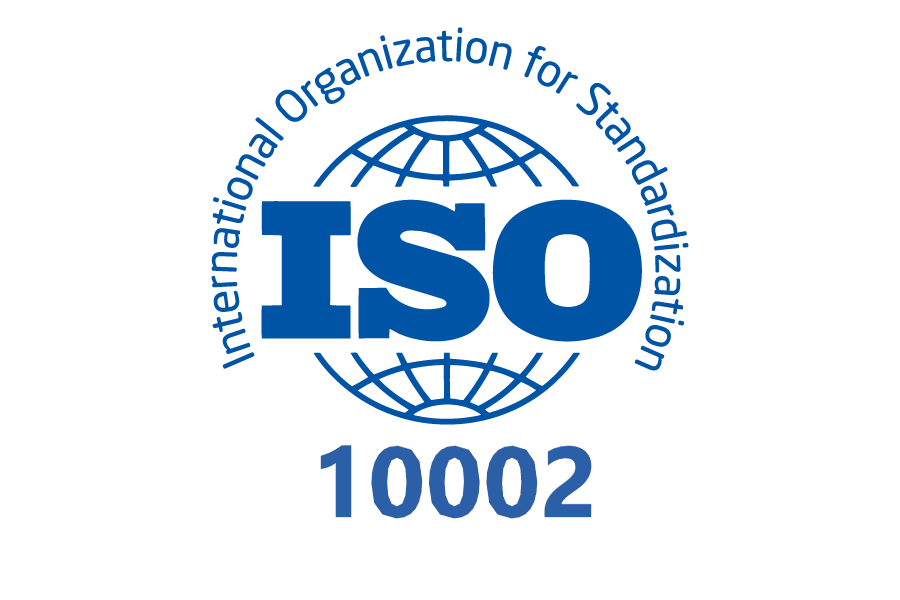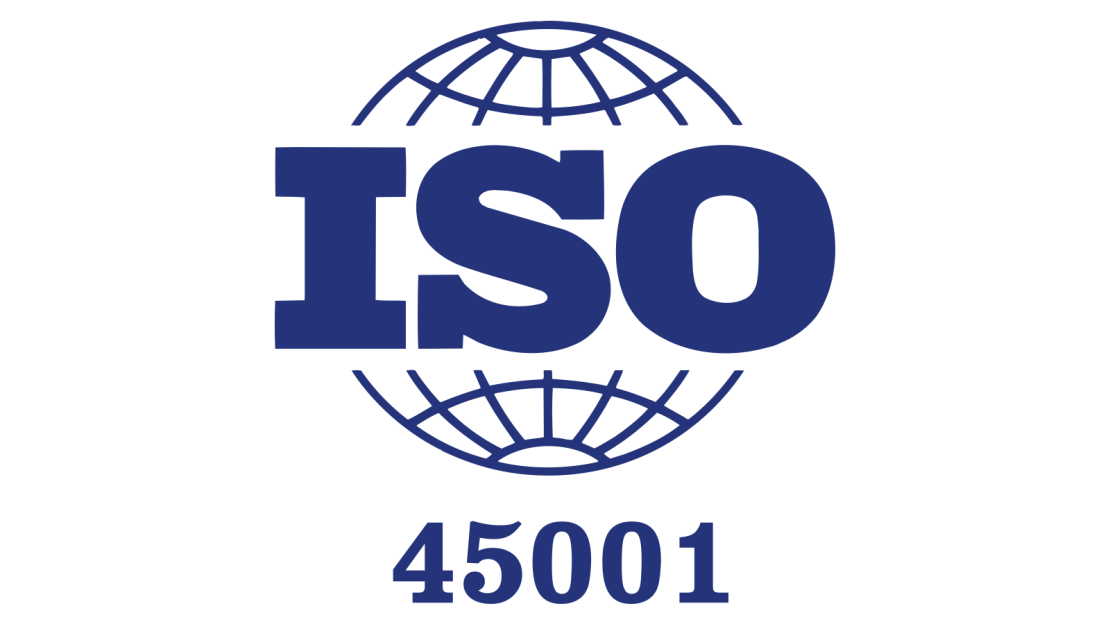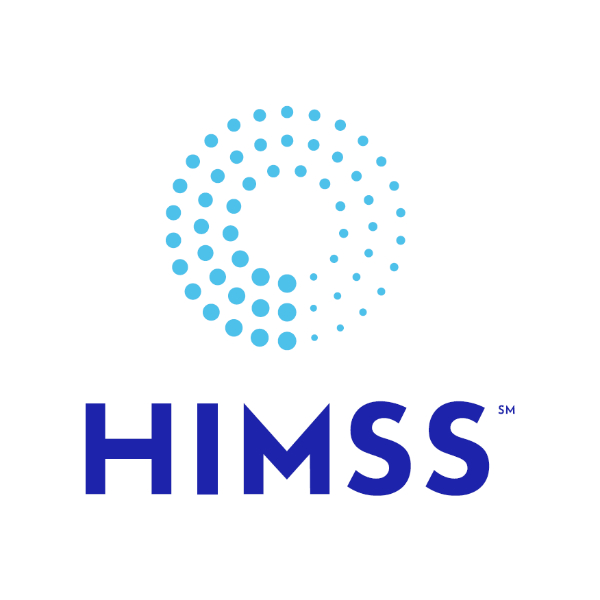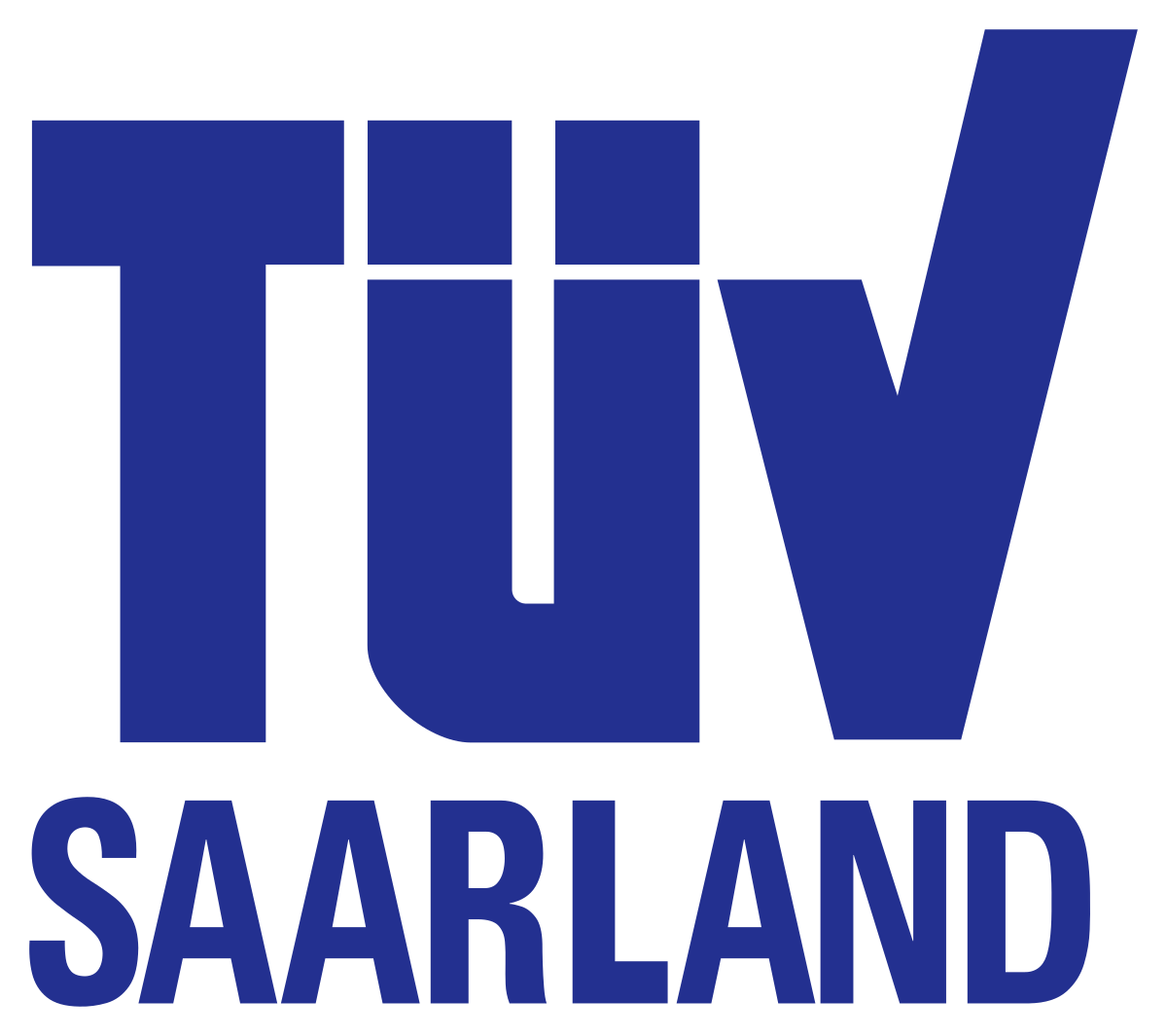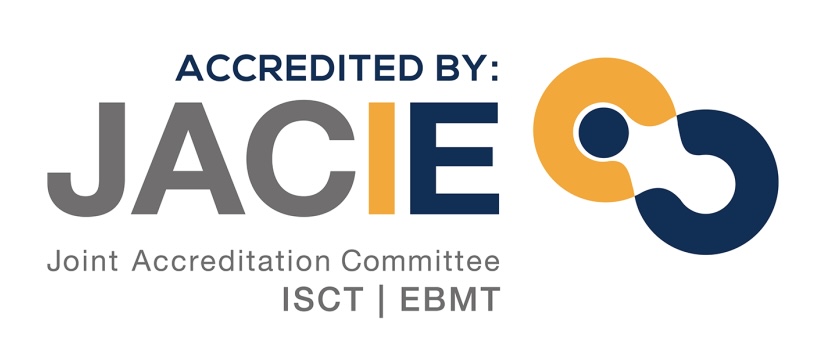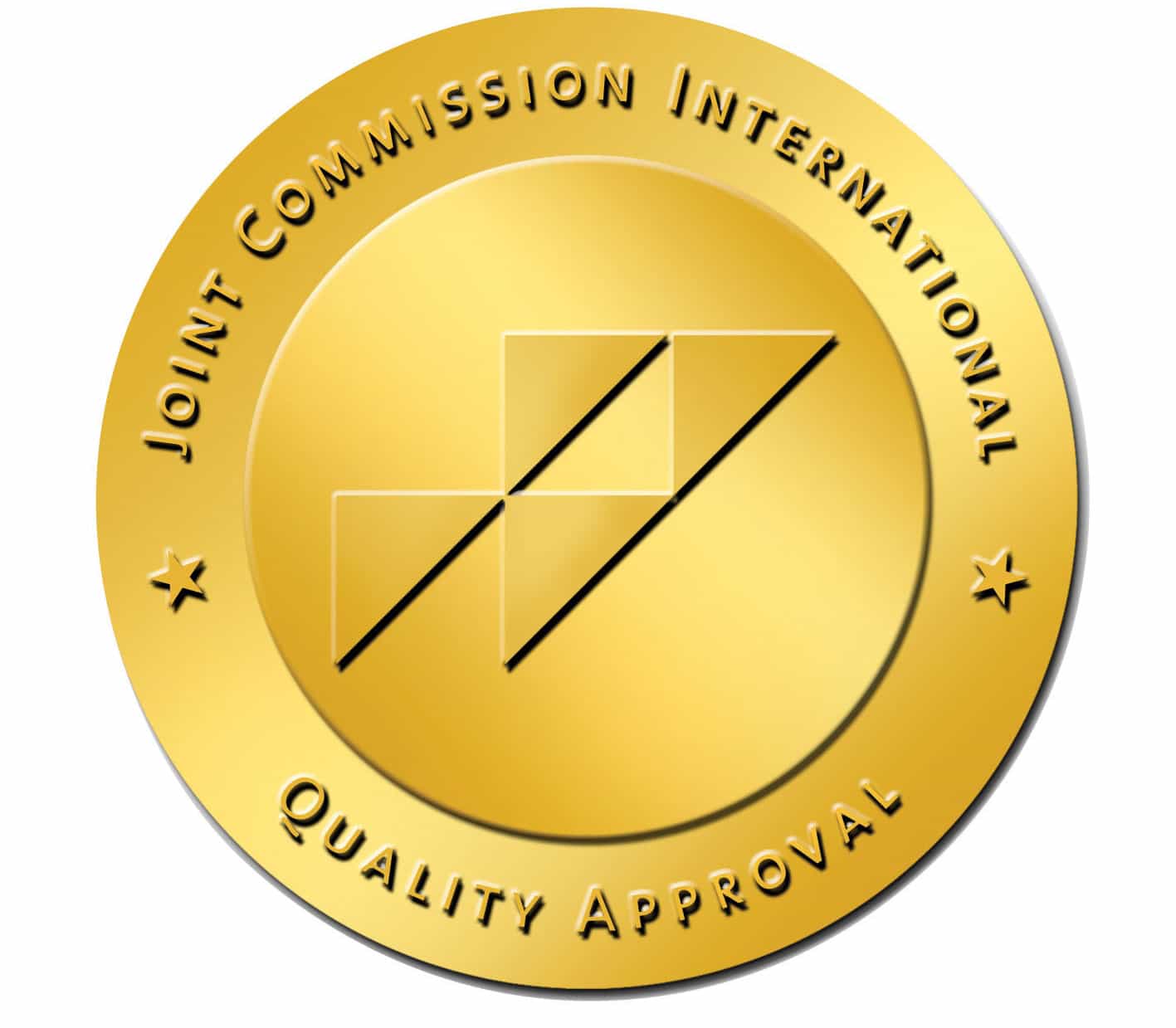
Neurology and Neurosurgery Center
Neurology and Neurosurgery Center
Dr.Turka Neurology & Neurosurgery Center programs are led by internationally recognized specialists who are the experts in diagnosing and treating the most complex brain and spinal disorders:
- Stroke
- Headache
- Epilepsy
- Movement disorders
- Memory disorders
- Hydrocephalus
- Alzheimer's disease
- Sleep disorders
- Neuromuscular problems
are some of the diseases our patients can easily ask for physician consultations.
Furthermore, remote second opinion on neurological conditions and neurosurgery services are available for our patients, after you send us your medical reports, our experts will evaluate your reports and diagnostic test and you will be given a written recommendation regarding your treatment plans.
Dr.Turka partner hosital is rated the World's 10th Most Excellent Center in Parkinson's Disease Surgery
The method applied in surgical treatment of Parkinson's Disease and many movement disorders success rate is 80%
Success is not a coincidence!
Spine Surgeries
There are a number of conditions that may lead to spine surgery. Common procedures include:
Discectomy or Microdiscectomy: Removal of a herniated intervertebral disc. Therefore, removing pressure from the compressed nerve. Microdiscectomy is a MISS procedure.
Laminectomy: In this procedure, a surgeon removes parts of the bone, bone spurs, or ligaments in your back. This relieves pressure on spinal nerves and can ease pain or weakness. It can make your spine less stable. If that happens, you'll probably need a spinal fusion. Doctors sometimes do the two procedures together.
Laminotomy: Removal of a portion of the vertebral arch (lamina) that covers the spinal cord. A laminotomy removes less bone than a laminectomy.
Both laminectomy and laminotomy are decompression procedures. “Decompression" usually means tissuecompressing a spinal nerve is removed.
Foraminotomy: Removal of bone or tissue at/in the passageway (called the neuroforamen) where nerve roots branch off the spinal cord and exit the spinal column.
Disc replacement: As an alternative to fusion, the injured disc is replaced with an artificial one.
Spinal fusion: This is the most common surgery for back pain. The doctor will join spinal bones, called vertebrae, together. This limits the motion between them and how far your nerves can stretch. But it probably won't limit your activity. It's rare, but the bones don't always fuse completely. A surgical technique used to join two vertebrae. Spinal fusion may include the use of bone graft with or without instrumentation (eg, rods, screws). There are different types of bone graft, such as your own bone (autograft) and donor bone (allograft). A fusion can be accomplished by different approaches.
Parkinson's Disease
Brain pacemakers are complex electronic devices that have become increasingly popular in recent years in the surgical treatment of Parkinson's disease as well as a number of other movement disorders.
Gamma Knife Radio Surgery
Gamma Knife is a bloodless surgery for intra-cranial tumors and cerebral diseases without need to conventional surgery. Neurosurgeons use this method alone or along with microsurgery for eligible patients and diseases. Gamma Knife enjoyed gains from technological advanced and the methodology is still preferred by neurosurgeons worldwide. There are approximately half million people, who are treated with Gamma Knife Surgery worldwide.





